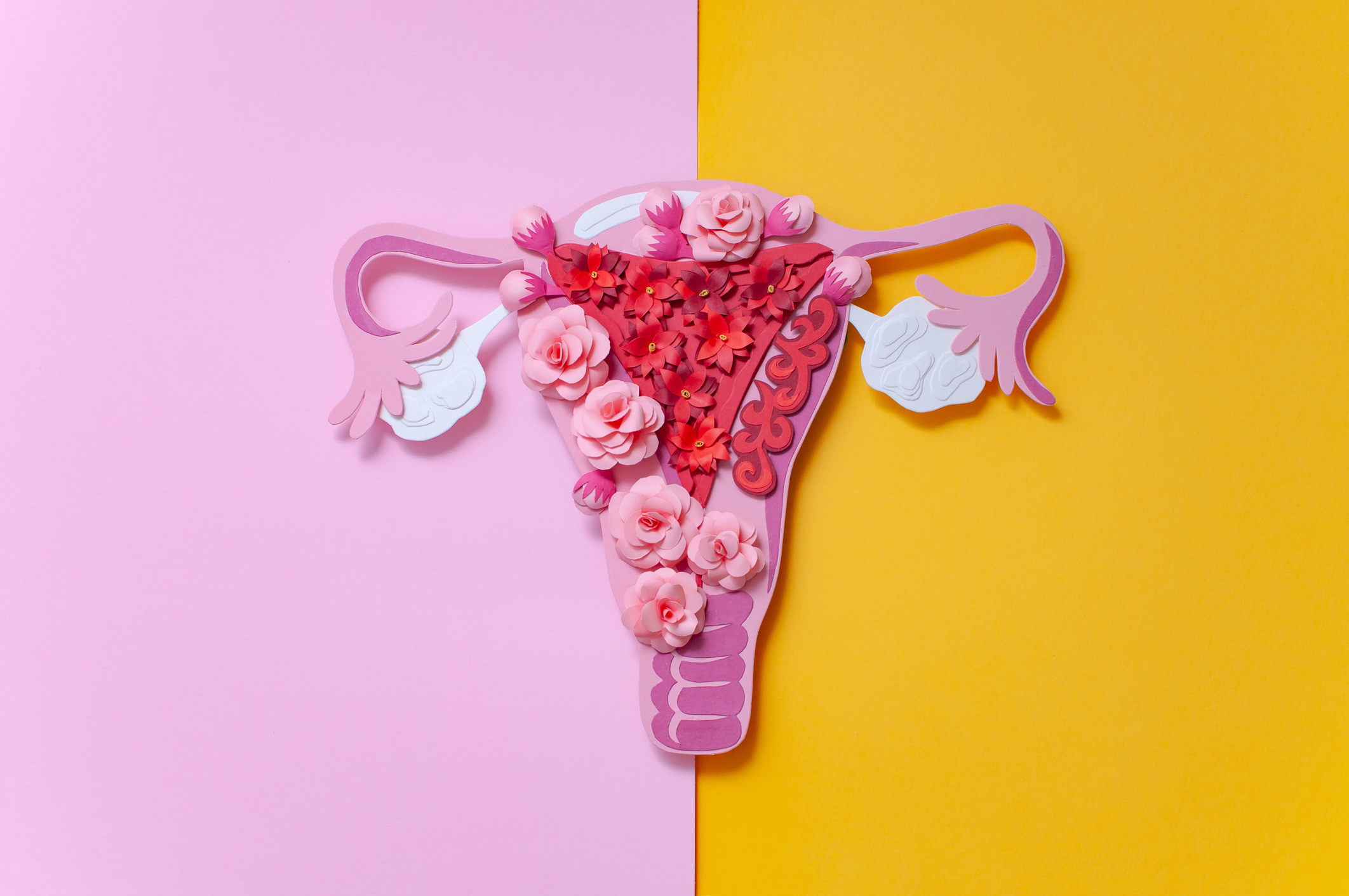To compare perioperative and long-term outcomes of laparoscopic sacrohysteropexy/sacrocolpopexy in different groups of age.
This was a retrospective cohort study. Patients were evaluated preoperatively and postoperatively (starting from 1 month after surgery, and then annually).
The department of functional pelvic surgery & oncology a tertiary care center.
All patients who underwent laparoscopic sacrohysteropexy/sacrocolpopexy, between July 2005 and December 2019 INTERVENTIONS: laparoscopic sacrohysteropexy/sacrocolpopexy.
The study population was divided into three groups, according to age at time of surgery: group 1- 75. The primary outcome was the rate of perioperative complications. The secondary outcome was the comparison of long-term results between the groups. Three hundred and thirty patients were included: 183 in group 1 (mean age 53.4±8.2), 92 patients in group 2 (mean age 69.2±2.9), and 55 patients in group 3 (mean age 79.3±.5). The overall perioperative complications rate (up to 30 days after surgery) was 5.7%. No differences between the groups in operative details and rates of perioperative complications were observed. During follow up period, 37 patients (11.2%) presented with prolapse recurrence (objective and/or subjective), the rates of prolapse recurrence, as well as long-term complications, were similar between the groups. Similarly, the groups did not differ in postoperative functional results except for postoperative stress urinary incontinence. A surgery for stress urinary incontinence was more common among patients in group 3 (group 1- 13.4%, group 2- 11.9%, group 3- 31.3%, p=.008).
Laparoscopic sacrohysteropexy/sacrocolpopexy is associated with low rates of perioperative and long- term complications. We did not find a difference in rates of complications and/ or long-term outcomes, between different age groups.
Copyright © 2022. Published by Elsevier Inc.
Effect of Age on Complications Rate and Surgical Outcomes in Women Undergoing Laparoscopic Sacrohysteropexy and Sacrocolpopexy.


